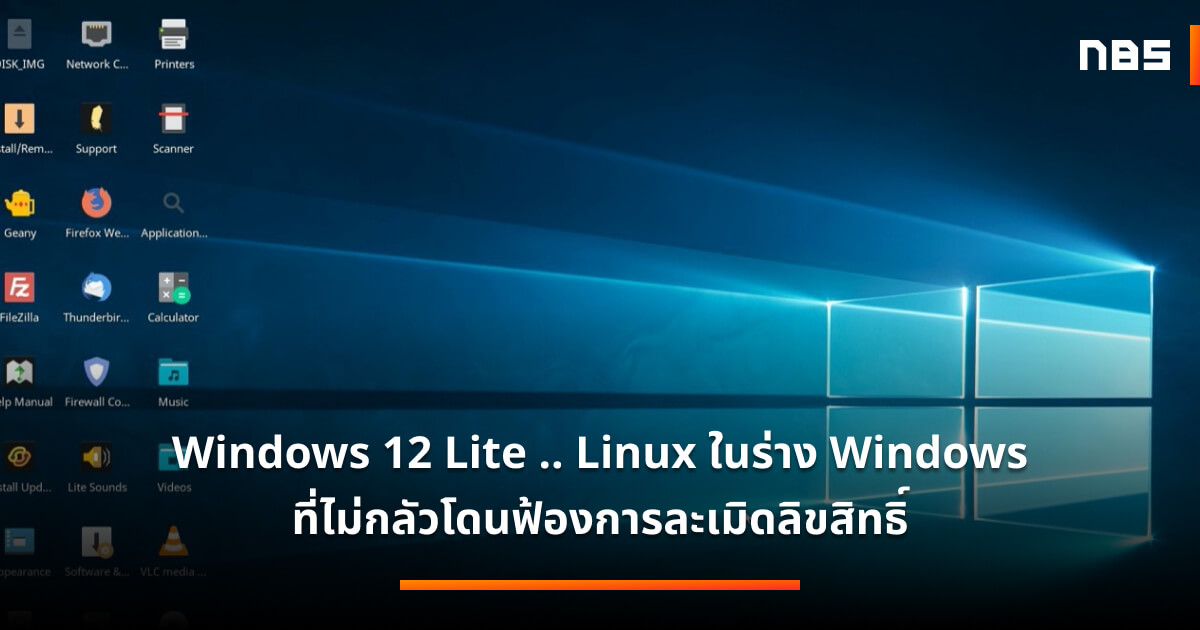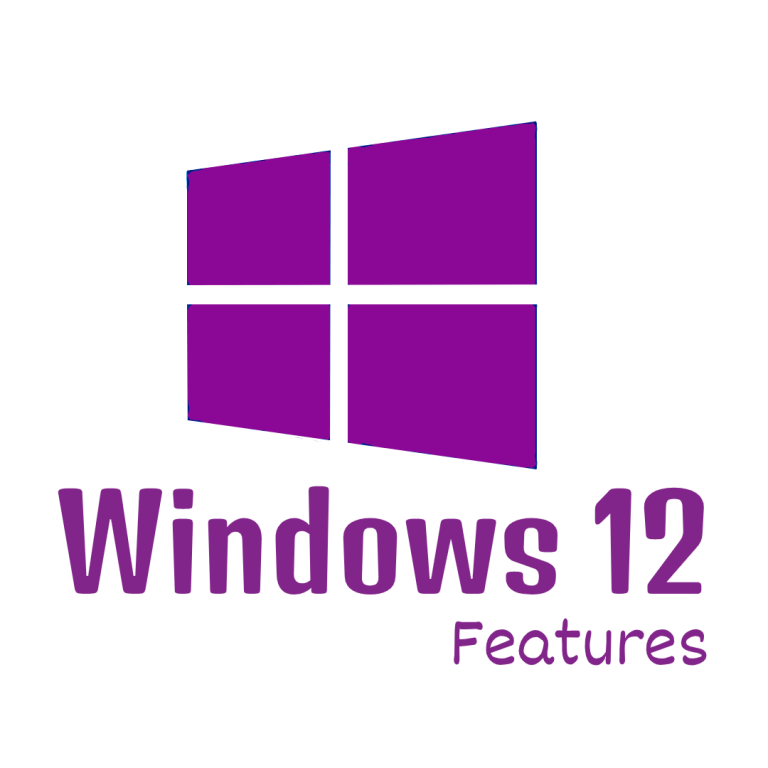

Because once you hit Install Now, your disk will be formatted, and there is no going back. Then Choose the boot loader for your system ideally, it should be the first entry in the drop-down list.
 Then click on Change, and on the edit partition window, select Ext4 as the file system, select the format the partition option and Mount point as /. Under the device, select the partition you just created You can identify it by the size I mentioned to note down earlier. In the next window (Figure 11), carefully select the following:. On the Installation Type window, select the Something Else option. In the next set of screens, choose your Language, Keyboard Layout, choose to install multimedia codecs and hit the continue button. In the desktop, you should see an icon to install Linux Mint to launch the installation. After a moment, you should see the Linux Mint Live desktop. Change the drive letter according to your target driver (here, I have used drive E).įigure 10: Linux Mint GRUB Menu to kick-off installation Open Windows PowerShell from the start menu and type the following command (Figure 2) to disable the BitLocker. If you choose to use D or E drives for Linux installation, make sure to disable BitLocker before everything else which comes with the modern OEM-installed Windows laptop. And Number 2 is to use the additional drives/partitions such as D or E. Number 1 is to shrink the C drive to make space for additional Linux installation. Now, you have two options to choose from. For a new Laptop, the D drive is usually empty (of any subsequent drives such as E, etc.). The C drive is where Windows is installed. Ideally, Windows Laptops come with C and D drives in general. Prepare a partition to install Linux Mint ISO file to that USB drive using Rufus or Etcher.Ģ. After downloading, plugin a USB stick into your system. Figure 1: Download Linux Mint from the official website
Then click on Change, and on the edit partition window, select Ext4 as the file system, select the format the partition option and Mount point as /. Under the device, select the partition you just created You can identify it by the size I mentioned to note down earlier. In the next window (Figure 11), carefully select the following:. On the Installation Type window, select the Something Else option. In the next set of screens, choose your Language, Keyboard Layout, choose to install multimedia codecs and hit the continue button. In the desktop, you should see an icon to install Linux Mint to launch the installation. After a moment, you should see the Linux Mint Live desktop. Change the drive letter according to your target driver (here, I have used drive E).įigure 10: Linux Mint GRUB Menu to kick-off installation Open Windows PowerShell from the start menu and type the following command (Figure 2) to disable the BitLocker. If you choose to use D or E drives for Linux installation, make sure to disable BitLocker before everything else which comes with the modern OEM-installed Windows laptop. And Number 2 is to use the additional drives/partitions such as D or E. Number 1 is to shrink the C drive to make space for additional Linux installation. Now, you have two options to choose from. For a new Laptop, the D drive is usually empty (of any subsequent drives such as E, etc.). The C drive is where Windows is installed. Ideally, Windows Laptops come with C and D drives in general. Prepare a partition to install Linux Mint ISO file to that USB drive using Rufus or Etcher.Ģ. After downloading, plugin a USB stick into your system. Figure 1: Download Linux Mint from the official website








